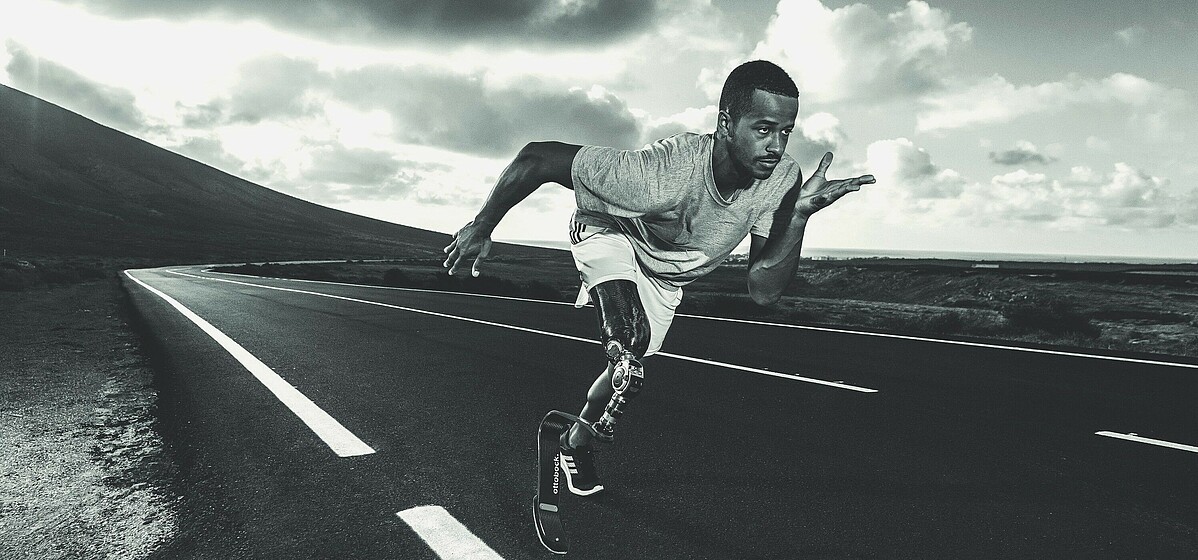Intelligent prostheses from Berlin
The Future of sports has many different components
In addition to innovative new sports and exercise trends, increasing focus is being placed on top disabled athletes seeking to achieve maximum performance in their field. The theme of digitization plays a decisive role in this realm, and ultimately the following questions arise: What is medical technology capable of achieving, and are there any limits to what it should be allowed to accomplish?
One of the world market leaders in technical orthopedics, focusing on electronically intelligent prostheses, is Ottobock from Berlin. In an interview with Berlin to go Ralf Stuch, Chief Sales & Marketing Officer at Ottobock and the man responsible for the themes of Paralympics and sport prostheses, spoke about the present and future of technical orthopedic solutions for athletes.
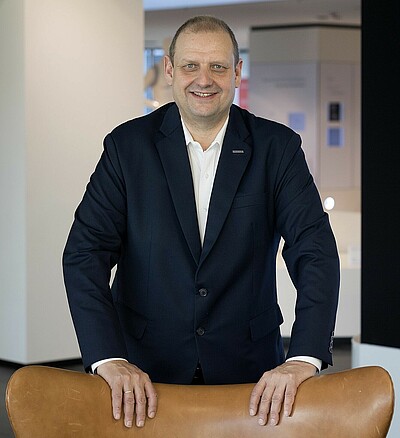
How would you rate the last Winter Paralympics which was the largest ever?
We worked with a total of 287 athletes from 39 countries at the last games. Our 23 technicians put in 2,152 hours and provided athletes with support 410 times, for example with repairs of wheelchairs, monoskis and hockey frames. This was an enormous accomplishment, seeing as we expected to be responsible for around 260 repairs in the run-up to the games. So we had a lot of work to do. We were delighted to be able to help so many athletes. Our focus at the Paralympics has been the same from the very beginning: We want to use our technical support to provide athletes with the opportunity to participate as effectively as possible in the competitions they have been preparing for years. No one should be prevented from starting their race due to a technical defect.
The company BIONX is also a subsidiary of Ottobock. What innovations are you currently working on?
It’s no secret that our acquisition of BionX and our work with Professor Hugh Herr from the Center for Extreme Bionics at the Massachusetts Institute of Technology is aimed at transferring the intuitive control systems that already work well in arm prosthetics to leg prosthetics. At the moment, various sensors and microprocessors integrated into the prosthesis determine the precise energy, resistance and ankle joint flexion required for every step, which are then adjusted to fit each respective situation. In the future, it will be the nerves that provide the decisive impulses necessary to control the active component.
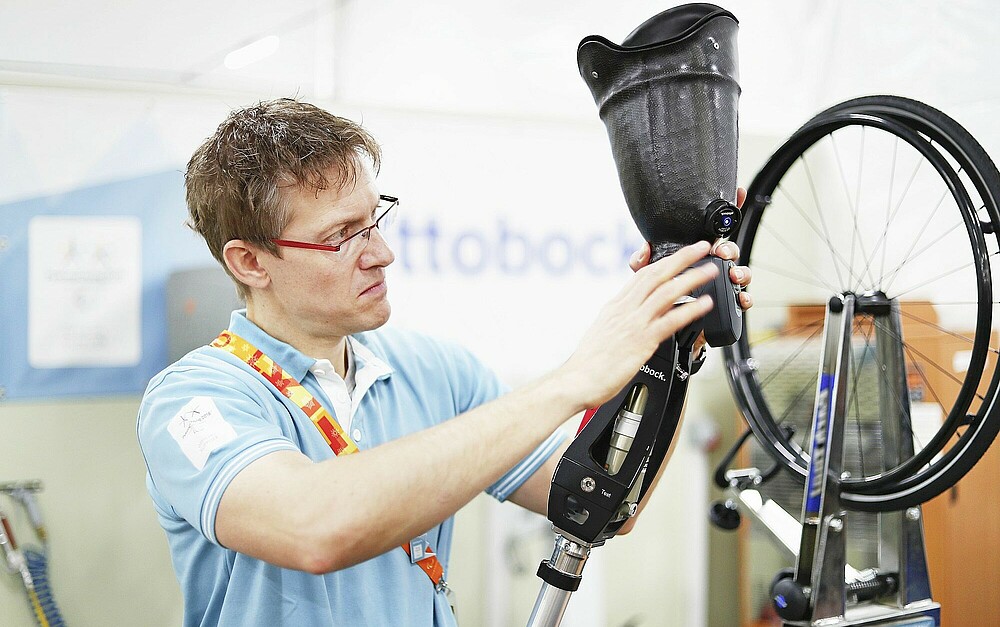
You recently attended the OTWORLD, where you presented new products for disabled athletes and much more. What were the biggest highlights?
We attended the OTWorld in Leipzig where we introduced the new generation of the C-Brace®, a microprocessor-controlled orthotic system used in cases of paralysis in the lower extremities. Our orthopedic technicians are able to adapt the C-Brace® to each patient using a specially developed app on a tablet. After that, each user can operate it on a LED display directly at the joint via a smartphone app. Another highlight was the presentation of our Myo Plus hand prosthesis. This prosthesis is equipped with so-called pattern recognition, which recognizes movement via different muscle activities, while also enabling various movements and control of the hand.
“No matter how far we come, we can never lose respect for nature.”
What kinds of insights did you gain from your attendance at the SXSW?
SXSW is an annual tech and cultural festival in Austin, Texas, and what was most fascinating there was the convergence of approaches. For example, Silicon Valley tech companies like Tesla are thinking just as much about advanced human-machine interfaces (HMI) as we are. In Austin, the global tech community even stated that mechatronic hand prostheses, knee joint systems and feet and ankle joints were the ideal components for future generations of cyborgs. While that’s clearly still a long way off, Ottobock head Hans Georg Näder and Tesla founder Elon Musk agreed that the iPhone – “as an extended brain with high computing power” – was a first step is that direction. One aspect that remains crucial, however, is that no matter how far we come, we can never lose respect for nature.
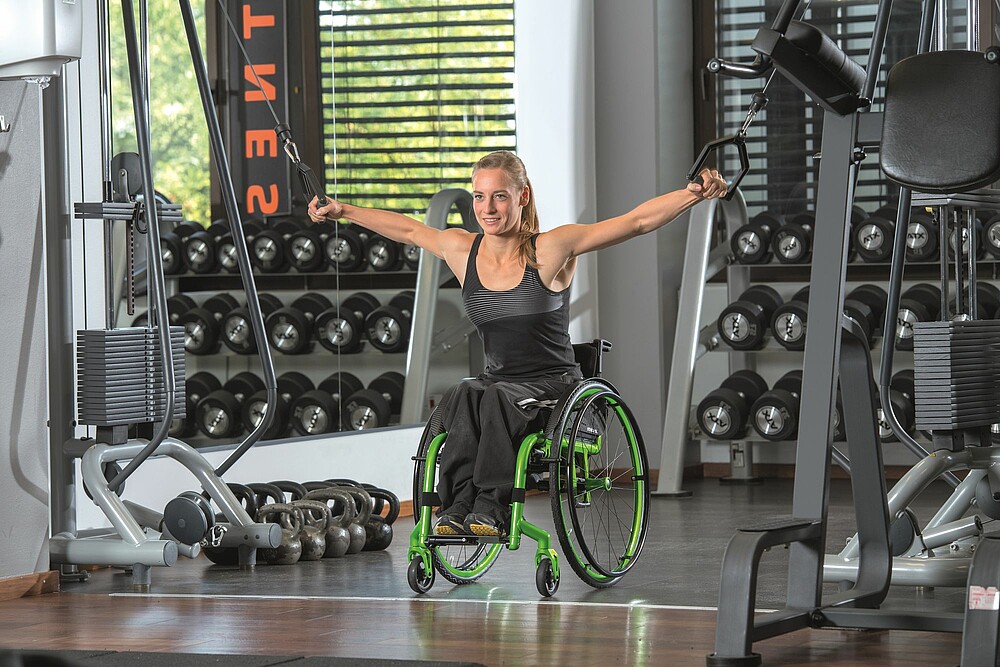
In other words, there are technological but also ethical limits?
We follow a very clear maxim that states that our most important standard of measurement is the positive effect our products have on users. The individual is always at the center of our attention. Technology is not an end in and of itself. An individual who is restricted in their mobility due to paralysis or amputation wants nothing more than to regain the largest possible degree of natural freedom of movement. As a company, we follow the ethical principles of our strict Code of Conduct, whereby we commit ourselves to social responsibility, among other things. We also orient ourselves to the universally acknowledged principles involved in the Global Compact of the United Nations regarding international standards on human rights, labor equality, environmental protection and the fight against corruption.
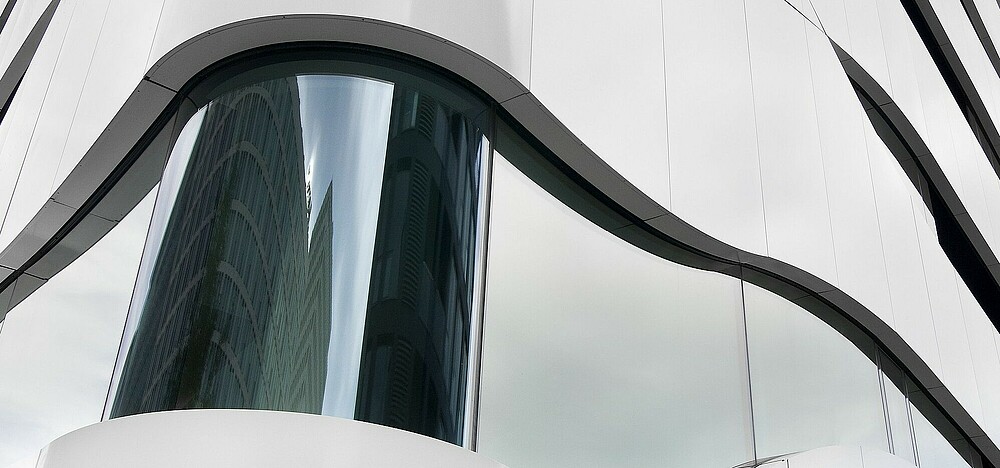
Let’s take a look into the future: What challenges will your company be facing?
Our industry is undergoing a major transformation. Digitization is radically changing technical orthopedics and work processes in workshops. Digital production, including 3D printing, creates the freedom to treat patients more intensively and individually. These are wonderful outcomes of this transformation process. We’ve experienced technological leaps in our product development in the past, too. Our mechatronic leg prosthesis “C-Leg” in the late 1990s was one of them. At the moment, the pattern recognition mentioned above is a milestone. These are important advances. But what we’re facing is a fundamental technical revolution, one that we have to be prepared for. Anyone who wants to stay ahead of the competition needs to anticipate the emergence of different customer needs and market requirements. One example would be exoskeletons, which have the ability to allow paraplegics and MS patients to move. In other words, they enable patients with
limited movement resulting from a stroke to stand up and walk again. Exoskeletons will no doubt soon become the biggest driver of growth in the field of orthotics.
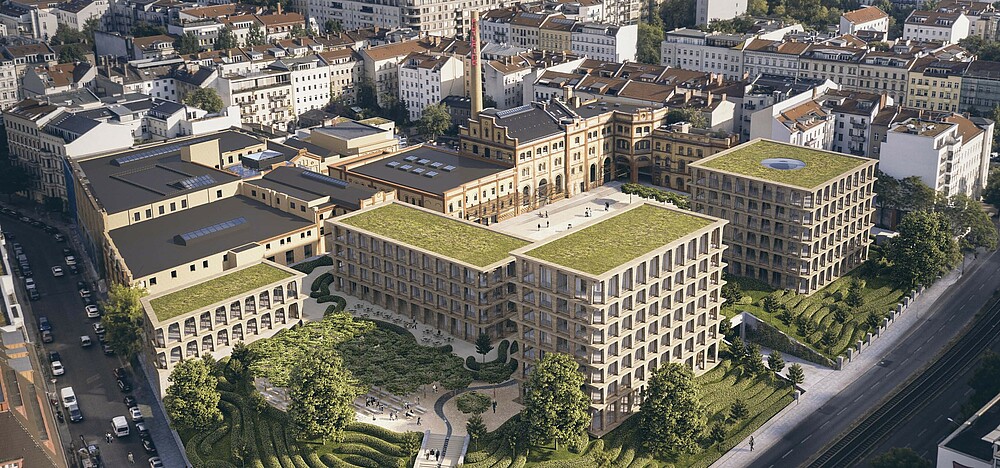
Ottobock is currently expanding it's presence in Berlin. What are your plans in the capital?
In recent weeks, colleagues have moved into permanent premises in the former Bötzow Brewery in the Prenzlauer Berg district. Professor Hans Georg Näder acquired the listed Bötzow site in 2012 and has since developed it together with the British architect Sir David Chipperfield as part of a master plan. The focus is on a responsible coexistence of cultural and commercial use: In addition to living space, CoWorking and Cultural Spaces, a beer garden and a boutique hotel are being built - a completely new and exciting neighbourhood in the heart of Berlin. More than 120 employees of Ottobock and Fablab cooperation partner Makea Industries will then work in the Ottobock Future Lab on Prenzlauer Allee.
What advantages do you see for Ottobock in Berlin? What is the connection to the German Capital?
In 1919, the orthopedic mechanic Otto Bock founded Orthopädische Industrie GmbH in Kreuzberg to supply war-disabled people with modern prostheses and orthopedic aids. Ottobock is therefore originally a real Berlin start-up. The headquarters is now located in Duderstadt in southern Lower Saxony, but the connection to Berlin has remained and is being intensified again.
Berlin is a vibrant city and we are convinced that we can attract talented and creative people to the family business there. The aim is to advance future topics such as the digitalisation of orthopaedic technology.
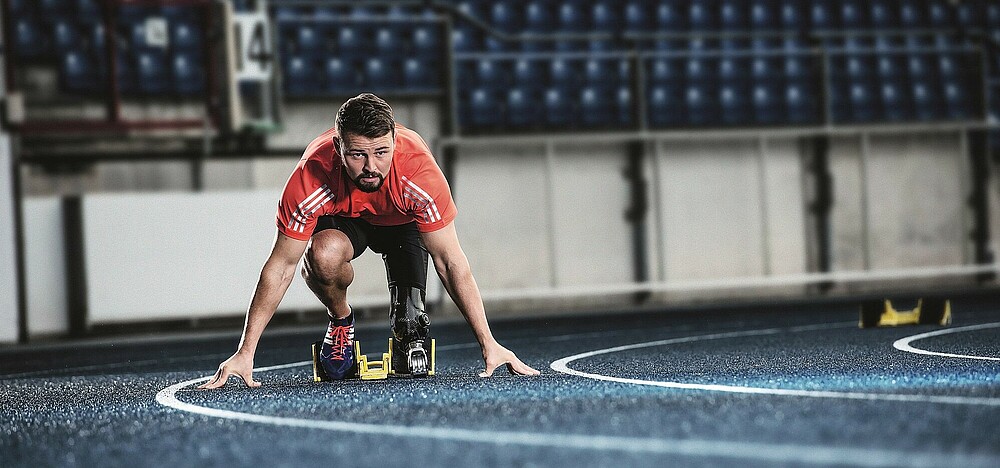
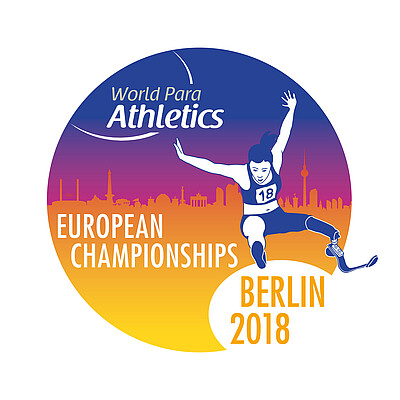
In 2018 you have a sporting highlight right on your doorstep The Para European Championships in Athletics Berlin 2018 will take place not far from the Bötzow Quarter.
The year 2018 is really exciting from a sporting point of view. In March we provided technical service at the Paralympics in PyeongChang and in August we are official partner at the European Para Athletics Championships. There we will also be on site with a workshop and provide technical support for the athletes.
In addition, our first European Running Clinic will take place in the Jahnstadion during the European Championships. Participants from ten countries have registered to test and train running on sports prostheses together with Paralympics winner and Ottobock Ambassador Heinrich Popow. Together with Heinrich, we are already successfully implementing the concept worldwide, especially in Asia.
So far, however, there has been neither an international running clinic nor any in Germany. Participants can also train in the same stadium where the stars compete. This is really a highlight.
Stay ahead of the game
Learn more about the sports metropolis Berlin, discover our BrainCity Berlin campaign or read on about Berlin as a Science Location.
Interview conducted by Ines Hein
The article was originally published in Berlin to go 02/2018
Header Image: Ottobock

